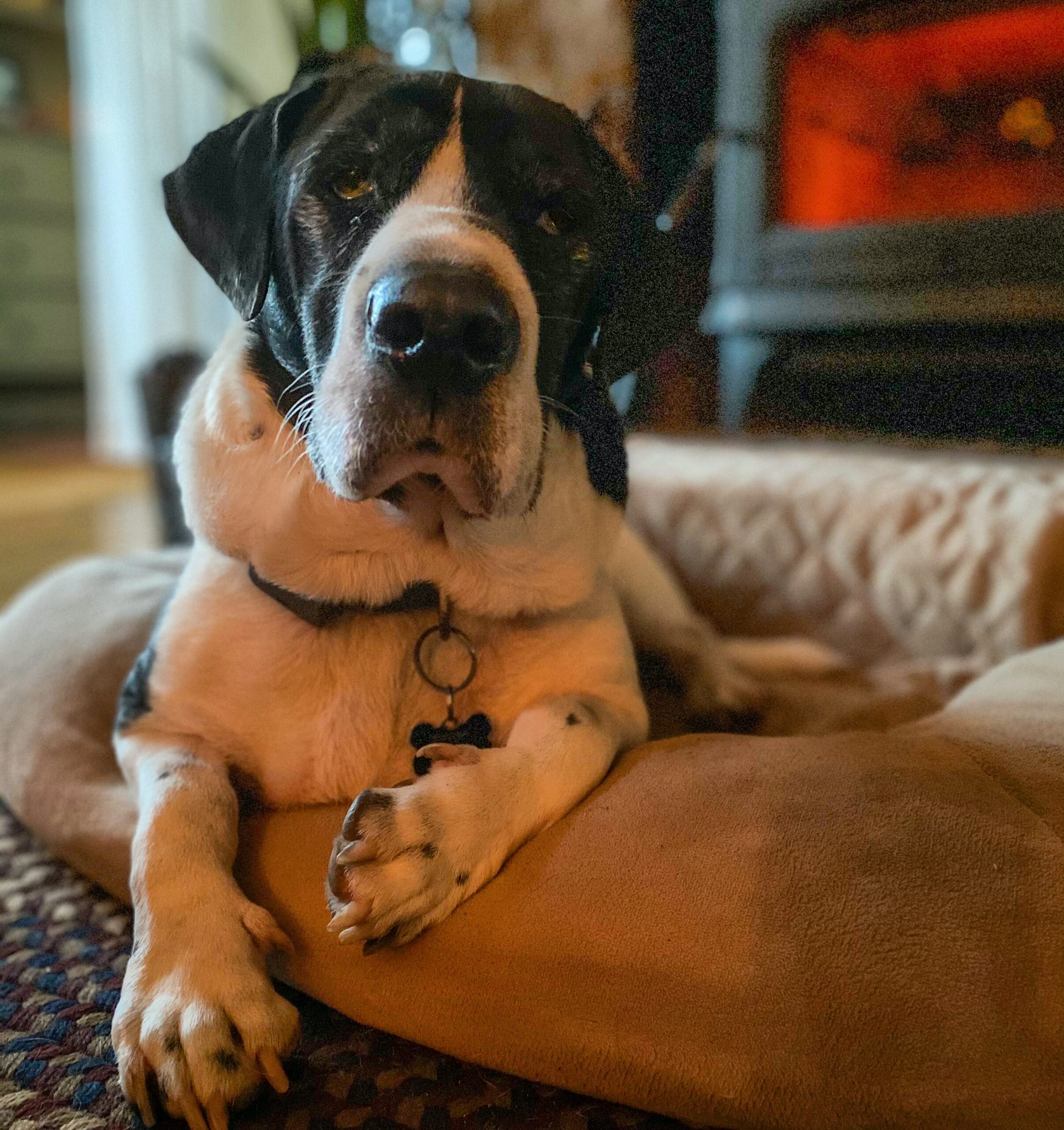Unveiling the Tranquil World of Low-Energy Dog Breeds: A Complete Guide
A comprehensive overview of low-energy dog breeds, including their specific characteristics, suitability for different lifestyles, training and socialization needs, considerations for choosing the right breed, and exploration of individual breed temperaments and exercise requirements.
Suitability for Different Lifestyles
Low-energy dog breeds are highly suitable for a variety of lifestyles, making them a popular choice for many individuals and families. These breeds are particularly well-suited for apartment living and minimal exercise requirements, as they are content with lower levels of physical activity [3]. For busy professionals and individuals with a more relaxed lifestyle, low-energy dog breeds offer the perfect companionship without demanding excessive exercise or outdoor activities. This makes them an ideal choice for people who are not very active but still desire the love and companionship of a pet.
Notably, low-energy dog breeds exhibit exceptional adaptability to different living environments, which further enhances their suitability for diverse lifestyles. Whether living in apartments, suburban homes, or rural areas, these breeds can easily acclimate to their surroundings and thrive in various settings. Their laid back and relaxed nature makes them a great fit for families with children, as well as for individuals who may have limited physical capabilities or prefer a more tranquil living environment. For example, breeds like the Basset Hound and Cavalier King Charles Spaniel are known for their calm and easy-going personalities, making them excellent choices for families with children and individuals seeking a peaceful, low-energy companion.
Training and Socialization
Training and socialization play a crucial role in shaping the behavior of low-energy dog breeds, ensuring they become well-mannered companions. For example, the Cavalier King Charles Spaniel, known for its friendly and welcoming demeanor, requires consistent training and positive social experiences to thrive in different social settings. By exposing them to different environments, people, and other animals, owners can help these dogs develop confidence and good manners, making them pleasant and well-adjusted pets in various situations.
Additionally, the Boerboel, with its calm and easy-going personality, benefits greatly from early socialization and obedience training. This breed has a protective instinct and may display guarding behaviors if not properly socialized. Through positive reinforcement and exposure to diverse situations, Boerboels can learn to be well-mannered and reliable companions, reflecting the significance of early and continuous training for low-energy breeds to ensure they are well-adjusted and pleasant in varied social contexts. [2]
Considerations for Choosing a Low-Energy Dog Breed
Choosing a low-energy dog breed requires careful consideration of various factors to ensure a harmonious match between the dog and its owner. One crucial aspect to consider is the individual’s lifestyle and preferences. For example, if an individual leads a more relaxed lifestyle and prefers a laid-back companion, a low-energy breed such as the Basset Hound or the Cavalier King Charles Spaniel may be a suitable choice. Understanding the specific exercise, grooming, and care needs of different low-energy dog breeds is essential to ensure that the dog’s requirements align with the owner’s capabilities and commitments [1].
Another important consideration is the living environment. Low-energy dog breeds are well-suited for apartment living and minimal exercise requirements, making them ideal companions for individuals residing in urban areas or those with limited outdoor space. For instance, breeds like the Bichon Frise and the Shih Tzu are known for their adaptability to smaller living spaces and their contentment with moderate physical activity. By considering these factors, individuals can make informed decisions when selecting a low-energy dog breed that complements their lifestyle and living situation.
Exploring Low-Energy Dog Breeds
When exploring low-energy dog breeds, it’s essential to consider the specific traits and temperaments that make them well-suited for individuals and families seeking a more relaxed canine companion. For instance, the Basset Hound is an excellent example of a low-energy breed known for its calm and easy-going nature. Their laid-back demeanor and minimal exercise requirements make them ideal for families with children or busy professionals who may not have ample time for rigorous exercise routines. Additionally, their adaptability to apartment living further enhances their appeal to individuals residing in urban environments with limited outdoor space for physical activities [1].
Another fascinating breed to explore is the Cavalier King Charles Spaniel, renowned for its friendly and welcoming disposition. These dogs thrive in social situations and are particularly well-suited for families with children. Their love for sitting on laps and moderate exercise needs make them an excellent choice for individuals with a more relaxed lifestyle, seeking a loyal and affectionate companion. Understanding the unique characteristics and temperaments of specific low-energy breeds like the Basset Hound and Cavalier King Charles Spaniel provides valuable insights into the kind of environment and care these dogs require to thrive as beloved family pets.
By delving into the daily exercise requirements, ideal living environments, and compatibility with different age groups and family dynamics, individuals can make informed decisions when considering low-energy dog breeds as potential companions. This exploration not only highlights the diverse range of low-energy breeds available but also offers a deeper understanding of the nurturing and care these dogs need to lead fulfilling lives within various household settings.
Conclusion
Low-energy dog breeds offer numerous benefits for various lifestyles and living environments. It is essential for individuals to consider the characteristics of low-energy dog breeds when choosing a pet, as they can provide companionship and joy while aligning with the owner’s lifestyle and preferences.
These breeds, such as the Basset Hound and the Cavalier King Charles Spaniel, are known for their calm and easy-going nature, making them suitable companions for families and busy professionals. Their relaxed demeanor makes them well-suited for apartment living and minimal exercise requirements, making them an ideal choice for individuals with a more relaxed lifestyle or limited physical activity capabilities.
In addition to their adaptability to different living environments, low-energy dog breeds like the Affenpinscher and Bloodhound also offer the advantage of being quieter and more laid back, which can be particularly appealing for those who prefer a peaceful and serene home environment. These breeds also have specific exercise, grooming, and care needs that should be considered when selecting the right low-energy dog breed based on individual preferences and lifestyle [1]. Therefore, by understanding the unique characteristics and temperaments of different low-energy dog breeds, individuals can make an informed decision when choosing a pet that best fits their lifestyle and living situation.



